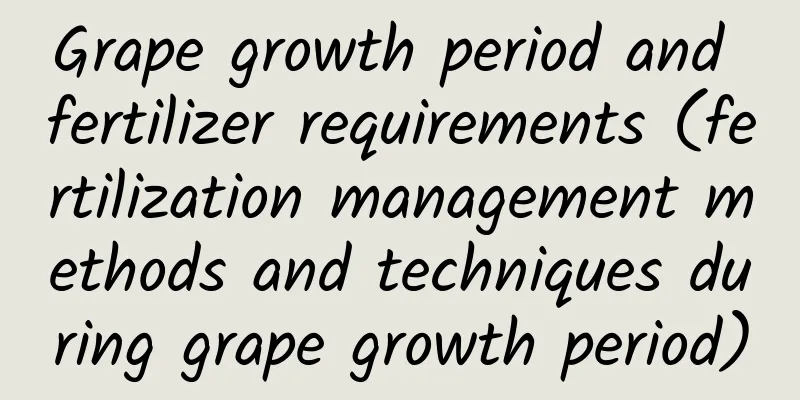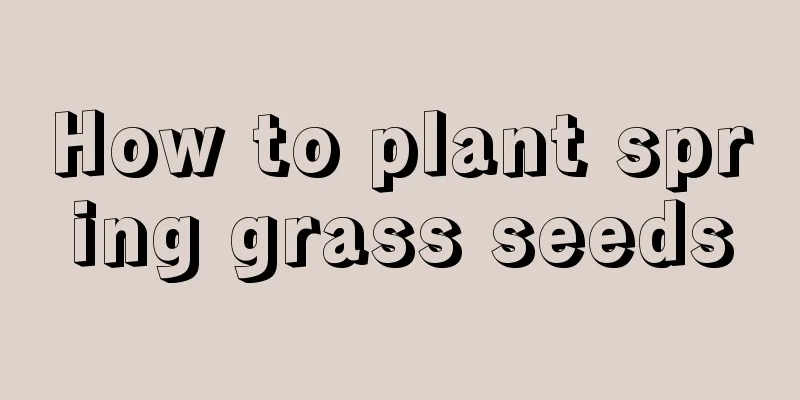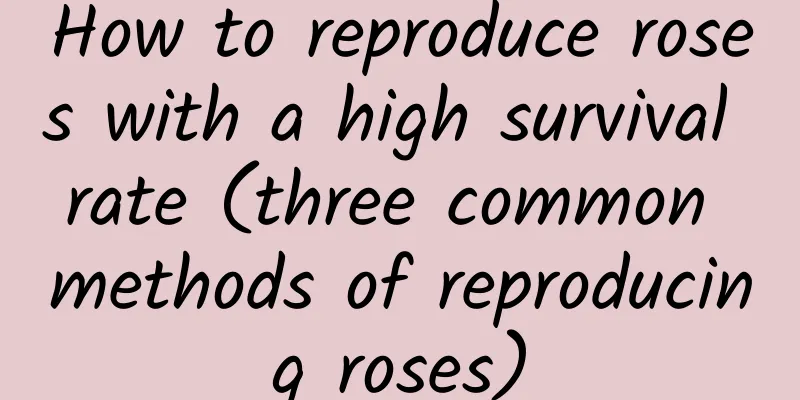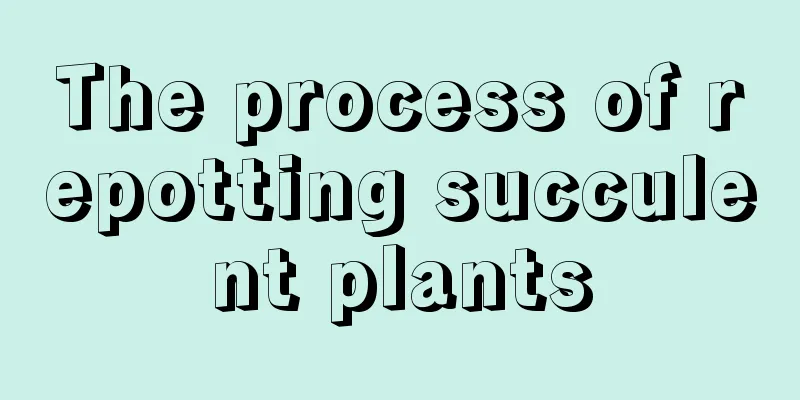Grape growth period and fertilizer requirements (fertilization management methods and techniques during grape growth period)

1. Base fertilizationBase fertilization is generally carried out after picking in autumn. It is recommended to do it after the fruit is set. The time for fertilization should not be too late, as it is not conducive to the differentiation and nutrient reserve of grape flower buds. This time, fertilization is mainly carried out in deep trenches. Many manufacturers promote the so-called "confinement fertilizer", which is to use water-soluble fertilizer to supplement nutrients. This method is fast, but it still cannot replace basal fertilization. Base fertilizer is mainly organic fertilizer, compound fertilizer, and medium and trace element fertilizer. Fertilizer can be applied according to the actual situation of the garden. If calcium and magnesium are insufficient, calcium magnesium phosphate fertilizer can be added to the orchard. Some people ask whether chicken manure can be used. Decomposed chicken manure, cow manure, etc. are all OK. 2. Fertilization during bud and flowering periodThis time, high-nitrogen compound fertilizer is generally used for fertilization. For poor germination or poor tree vigor, it is recommended to add Sea Elf biostimulant. For vigorous grape trees or those with fewer fruits, it is not recommended to apply fertilizer at this time. Spraying with excellent fertilizers such as Boron Source Library once before flowering will be beneficial to flowering. Fertilization during the flowering period is also aimed at weak trees. Generally, nitrogen fertilizer is the main fertilizer, which can generally supplement the nutrient consumption during the flowering period. Some people also use nitrogen fertilizers such as urea to promote flowering, which requires certain experience. It is not applied to vigorous trees. 3. Fertilizer for expansion periodIt is applied when grapes and soybeans mainly to promote rapid expansion of the fruit and supplement the fertilizer needed for fruit expansion, generally high-nitrogen compound fertilizer or water-soluble fertilizer. You can apply fertilizer in shallow furrows, or add Sea Elf to improve tree vigor, and appropriately supplement the leaves with calcium and magnesium fertilizers such as Gaishimei to ensure the health of the fruit. 4. Fertilizer during color changeThe main purpose is to promote the color change and sweetening of the fruit. High-potassium compound fertilizer can be used for shallow furrow application, and red foliar fertilizer can be sprayed on the leaves to promote color change and sweetening, thereby increasing the commercial value of grapes. 5. Post-harvest fertilizerSome people define this fertilizer as "confinement fertilizer". Its main significance is to promote the recovery of tree vigor and the differentiation of flower buds. Especially in orchards where base fertilizer is applied late, the application of post-harvest fertilizer is beneficial to preserve leaves and restore tree vigor. Generally, high-nitrogen water-soluble fertilizer can be applied. If the fruiting amount is large, sea elves can be applied. There are also many growers who directly apply base fertilizer and no longer apply this "confinement fertilizer". |
<<: Can rock sugar be used to make rooting water (how to make rooting agent with rock sugar water)
Recommend
Watermelon Planting Technology and Management
With its sweet, juicy, cool and refreshing charac...
How often should I water asparagus fern in summer?
Frequency of watering asparagus fern in summer As...
The reason why the leaves of Brazilian cycad turn yellow
1. The soil is alkaline The Brazilian iron tree l...
How many kilograms of watermelon are normally produced per mu? How to increase the yield?
Watermelon yield per mu The yield of watermelon p...
What kind of tree is the lucky tree? Is it evergreen or deciduous?
1. Morphological characteristics The lucky tree i...
How to grow camellia, the flower language of camellia
1. Maintenance methods 1. Temperature: Camellia i...
What fertilizer is good for growing potatoes? What fertilizer is good for growing potatoes?
Potatoes, also known as potatoes, are high-starch...
How to fix the yellowing of lucky bamboo leaves
1. Soil culture remediation method 1. Drainage: I...
Can poppy seedlings be eaten as vegetables? What will happen if you eat them?
1. Can it be eaten as a vegetable? Poppy seedling...
How to breed peach beauty
How Peach Beauty Reproduces Cutting propagation m...
What are the cultivation methods and precautions for pineapples
Pineapple cultivation method temperature Generall...
The efficacy and function of multi-flowered wild peony
The ornamental effect of multi-flowered wild peon...
Can chives be sown in October?
Leek is one of the foods that have been identifie...
Diseases and control of Japanese cherry blossoms
Clubroot The disease occurs at the root neck on t...
Cultivation and pruning of desert rose
Desert rose , as an ornamental plant that is easy...









